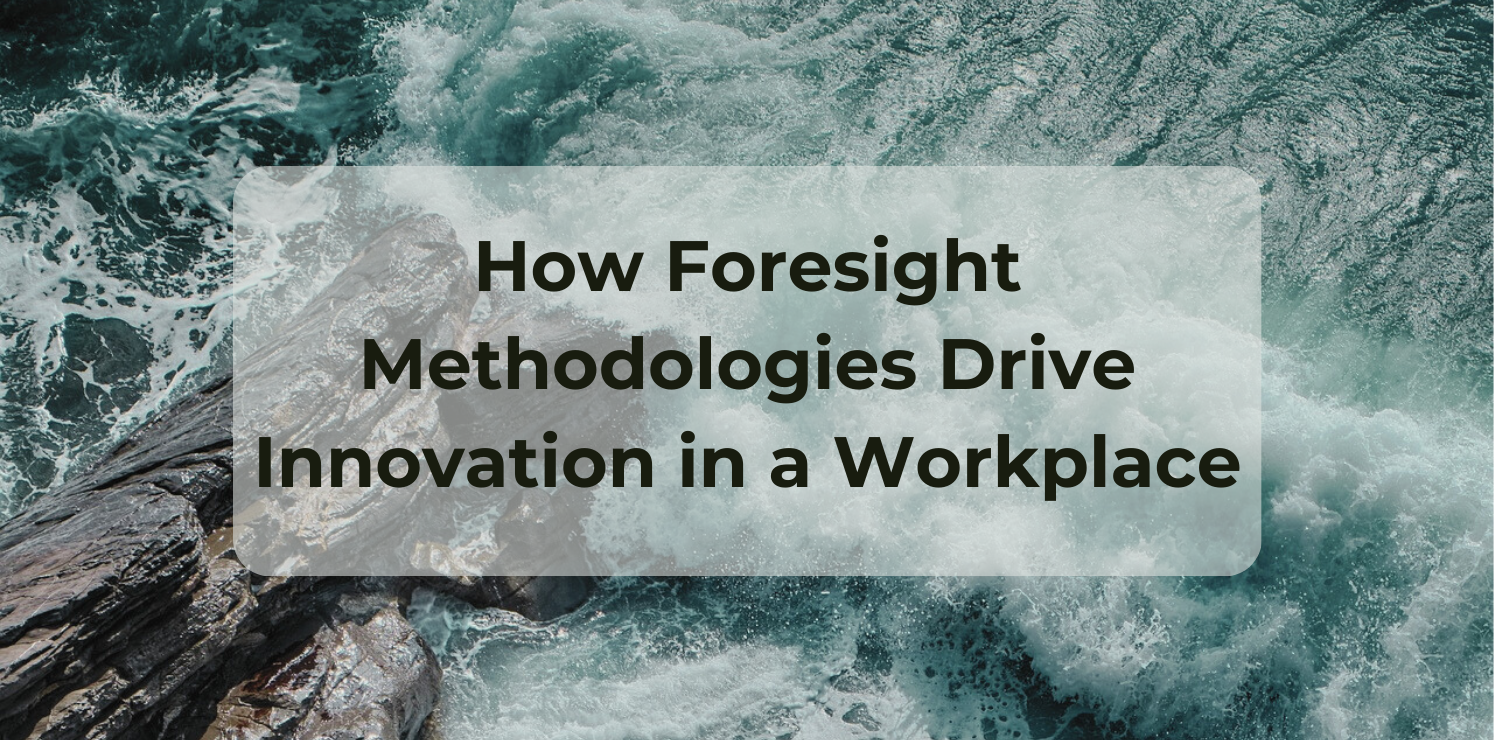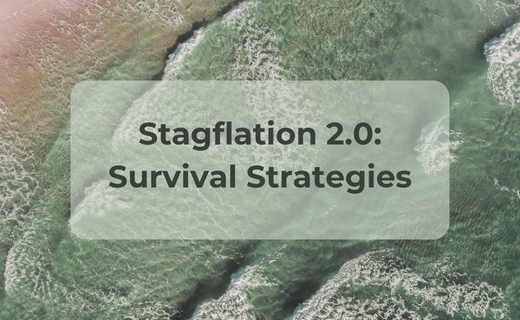Anticipating the Future of the Work Environment
For a business to grow and evolve in a competitive environment, the ability to assess and adapt to change is more important than ever. This is especially true for modern workplaces, where innovation in a workplace plays a vital role in ensuring competition and success. The foresight function provides the necessary equipment to detect upcoming trends and emerging needs, allowing them to take active steps and develop further thinking solutions.
Understanding foresight functioning
Refers to a structured set of devices and techniques designed to assess future events and developments. These functions can be both qualitative and quantitative and are widely used for strategic planning, market forecasting and new product development. By fearing future changes, organizations can form an innovative strategy to suit the developed environment.
Effect of foresight on innovation in a workplace
Familiarity functioning for innovation in a workplace through several major mechanisms:
- Identification of emerging opportunities and trends
First and most importantly, foresight enables companies to see newborn opportunities and disruptive trends. By analysing possible changes in technology, consumer behaviour and market conditions, organizations can discover new directions for innovation. These insights often lead to examples of innovation in the workplace, where new products or procedures address future demands. - Design future-oriented products and services
With an understanding of future customers’ needs, businesses can create products and services that remain valuable over the long term. This future-centric approach supports sustainable development by aligning product growth with anticipated market development. - Culture of creativity and cooperation
The foresight also contributes to the creation of a dynamic work environment that nourishes creativity, experimentation, and teamwork. Informed about employees, future challenges and possibilities, is more likely to propose bold ideas and engage in collaborative innovation efforts.
Examples of the real world of innovation in the workplace across Europe
Let us find out some relevant data and innovation examples in the workplace that highlight how to promote business performance in Europe:
- Digital change and workplace efficiency
According to McKinsey’s 2023 report “The Future of Work in Europe”, 86% of European companies confirm that digital changes have greatly improved workplace efficiency. This is a clear example of how innovation and technology investment innovation can increase business productivity. - Promote collaborative technologies and performance
The Deloitte report “Digital Workplace Trends 2024” suggests that companies applying advanced cooperation technologies experience a 25% increase in productivity. These devices encourage all major elements of innovation in a workplace — interaction, creativity and uninterrupted cooperation. - Employee satisfaction through technical investment
A Gallop survey commissioned by Microsoft (“European Employees Experience Report,” 2023) found that 77% of European workers believe that technical investment improves their job satisfaction. Satisfied employees are more inspired and engaged, making fertile land for innovation. - Cloud adoption and scalable innovation
Eurostat data from 2024 reflects a 35% increase in adopting clouds by European businesses over the last two years. This change allows organizations to quickly scale to scale and apply innovative solutions with more flexibility and low cost. - Workflow automation and cost reduction
KPMG’s “The Future of Work: A European Perspective” (2023) reports that firms using process automation see average by an average of 18% in operational expenses. Automating regular tasks frees employees to focus on creative and strategic initiatives — another excellent example of innovation in the workplace. - Learning technique and workforce
LinkedIn’s “2024 Workplace Learning Report” has highlighted that 62% of European HR professionals visited the business development related to employee upscaling through digital learning platforms. It aligns with foresight practices and helps companies prepare their workforce for the future. - Cybersecurity for distance work innovation
According to Statista’s “Cybersecurity in Europe” (2024), investment in cybersecurity equipment for distance work last year increased by 40% last year. Ensuring a safe remote environment is now necessary to maintain productivity and promote innovation in a workplace with flexible models. - Staff response forum and innovation growth
Internal research suggests that companies using structured staff response platforms report an increase of 20% in innovation received from employee ideas. Empowering employees to influence the company’s development is a proven strategy to run changes. - AI-operated workflow adaptation
McKinsey’s 2023 report “The State of AI” suggests that integrating AI into work processes increased an average of 15% productivity in European teams. AI helps to automate the workflows and provides intelligent assistance, which gives more time for innovation and creative problems.
Trend Analysis: Causes of Innovation and Results
The above examples of innovation in the workplace reflect important trends throughout Europe:
- Digital acceleration: The pandemic fast-tracked digital adoption, hybrids and remote models.
- Employee-centred focus: Investment in employee experience, learning, and welfare is now considered central to innovation.
- Data and AI Integration: Combined foresight with advanced analytics enables more strategic and innovative decisions.
- Security in the form of an environment: Cybersecurity now reduces flexible, scalable innovation.
- Reaction-Powered Innovation: Capturing and acting on employee inputs is a major catalyst for fresh ideas.
Key Drivers Behind These Trends
- Global Competition: Businesses must continuously innovate to remain relevant.
- Technological Progress: Create new possibilities for new equipment change.
- Changing the expectations of the workforce: Employees demand modern, flexible, meaningful workplaces.
Business results
- Better performance and low cost.
- Increased product and quality of service.
- Strong talent acquisition and retention.
- Increase in long-term competition.
Future of innovation in the workplace
Looking forward, we hope to see:
- Depth AI and Automation Integration: AI will automate more complex functions, increasing decision-making and innovation capacity.
- Extension of hybrid work: Technology will support flexible and efficient team cooperation.
- Personal Work Experience: Customized solutions will meet the needs of individual employees.
- Welfare as a priority: Innovation staff will focus rapidly on health and mental welfare.
- Metaverse Cooperation Equipment: Virtual Space Team Work and Learning can again be defined.
- Future skill development: Creativity, emotional intelligence and learning lifelong will gain importance.
- Stability-focused innovation: Environment and Social Impact Innovation will become a driver
Our expert guidance in business forecasting will help you mitigate threats and transform external challenges into strategic opportunities. [Contact Us]
Conclusion
Foresight methodologies are vital tools for promoting innovation in a workplace. By anticipating trends and preparing proactively, organizations can develop cutting-edge solutions, foster employee engagement, and secure long-term growth. The European experience demonstrates how digital tools, AI, cybersecurity, and employee empowerment are enabling powerful examples of innovation in the workplace. Organizations that embrace foresight today will be best positioned to navigate tomorrow’s challenges and seize emerging opportunities.





